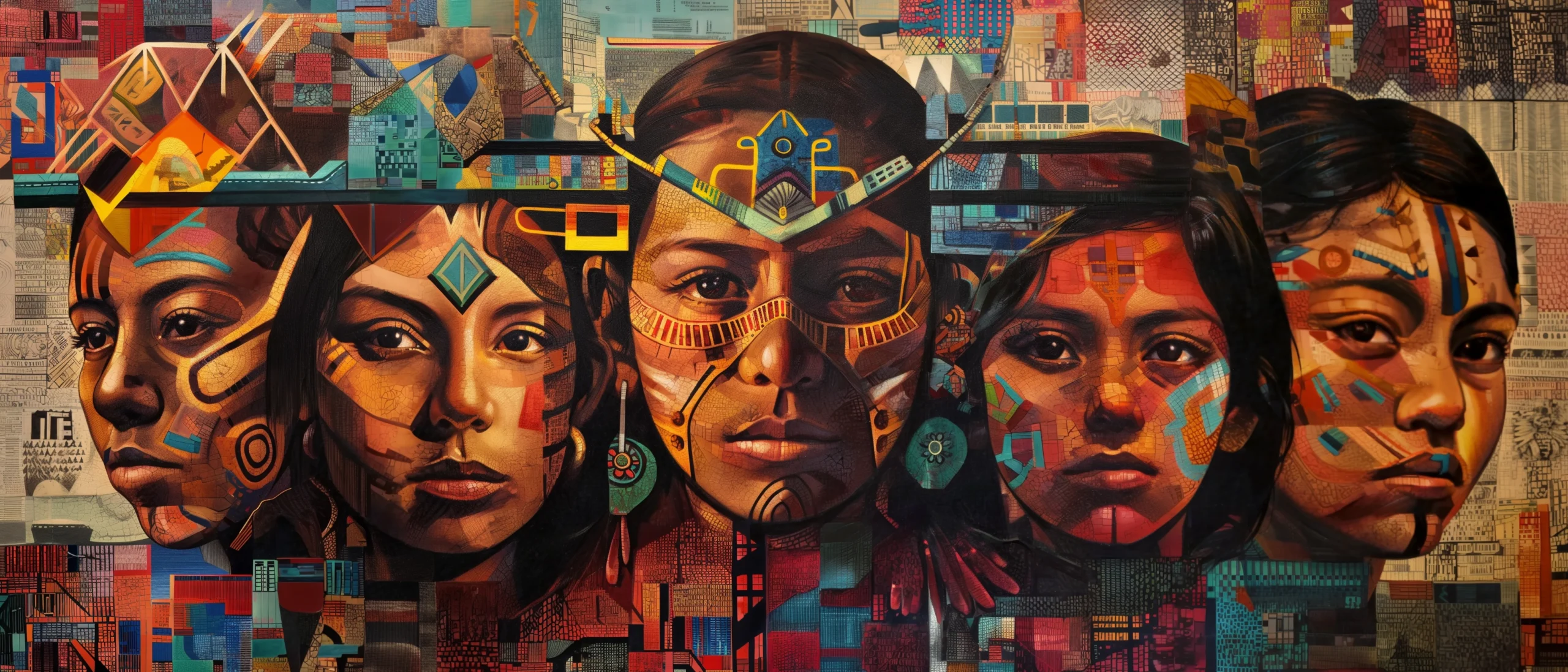Embracing Mexica Identity:
In the vast tapestry of cultural identities that make up the world, few are as rich, complex, and historically significant as that of the Mexica. Pronounced “meh-shee-ka,” this term might not be as immediately recognizable as “Aztec,” the label widely and somewhat inaccurately attributed to the Indigenous peoples of what is now central Mexico. Yet, understanding and employing the Mexica identity is not just an exercise in historical accuracy; it’s a profound journey towards cultural reclamation and a celebration of heritage that deserves a closer look.
Why Mexica, Not Aztec?
The term “Aztec” has a certain ring to it, thanks to popular culture and, admittedly, our education systems. It’s a catch-all term that historians, inspired by works like William H. Prescott’s History of the Conquest of Mexico, have used to describe the diverse groups that migrated to the Basin of Mexico from the mythical Aztlan. But here’s the catch – the term “Aztec” was rarely used before the Spanish conquest. The people who built the magnificent city of Tenochtitlan, the heart of an empire, knew themselves as Mexica, part of the broader Nahua family of Indigenous peoples.
The Case for Mexica Identity
Choosing to identify as Mexica is not merely a matter of semantics; it’s about rectifying a historical oversight and reclaiming a rich cultural heritage that has been generalized, simplified, and, in many ways, lost. Here are a few compelling arguments for embracing the Mexica identity:
- Accuracy and Education: Employing the term Mexica offers a more precise reflection of the people it represents. It serves as a starting point for deeper exploration and understanding of their history, achievements, and contributions to civilization. This, in turn, fosters a more nuanced and respectful appreciation of their culture, beyond the stereotypes and misconceptions.
- Cultural Reclamation: For descendants of the Indigenous peoples of Mexico, embracing the Mexica identity can be an empowering act of reclamation. It’s a way to reconnect with ancestral roots, practices, and philosophies that were suppressed or lost through centuries of colonization and cultural assimilation. It’s about restoring a sense of pride in one’s heritage and preserving it for future generations.
- Unity and Diversity: Recognizing the Mexica identity also acknowledges the diversity within the broader Indigenous heritage of Mexico. It reminds us that the Mexica were but one of many rich cultures in Mesoamerica, each with its own unique contributions to the region’s history. This recognition can foster a sense of unity among descendants while celebrating the diversity that makes their heritage so vibrant.
- Spiritual and Philosophical Resonance: The Mexica worldview, with its deep spiritual and philosophical underpinnings, offers contemporary seekers a rich source of inspiration and wisdom. From their understanding of the cosmos to their practices of community and sustainability, there’s much to learn from the Mexica way of life that can inform modern existence.
- Resistance and Resilience: Finally, adopting the Mexica identity is an act of resistance against the erasure and marginalization of Indigenous cultures. It’s a declaration of resilience, a testament to the endurance of these cultures despite centuries of oppression.
A Conversation Starter
Let’s be clear: advocating for the use of “Mexica” over “Aztec” isn’t about gatekeeping or nitpicking historical details. It’s about starting a conversation – one that respects, acknowledges, and seeks to understand the depth of Mesoamerican cultures. It’s an invitation to explore the rich tapestry of Mexica heritage, to learn from it, and to carry forward its legacy with pride.
In embracing the Mexica identity, we not only honor our ancestors but also lay the groundwork for a future where cultural identities are celebrated for their unique contributions to the world.
